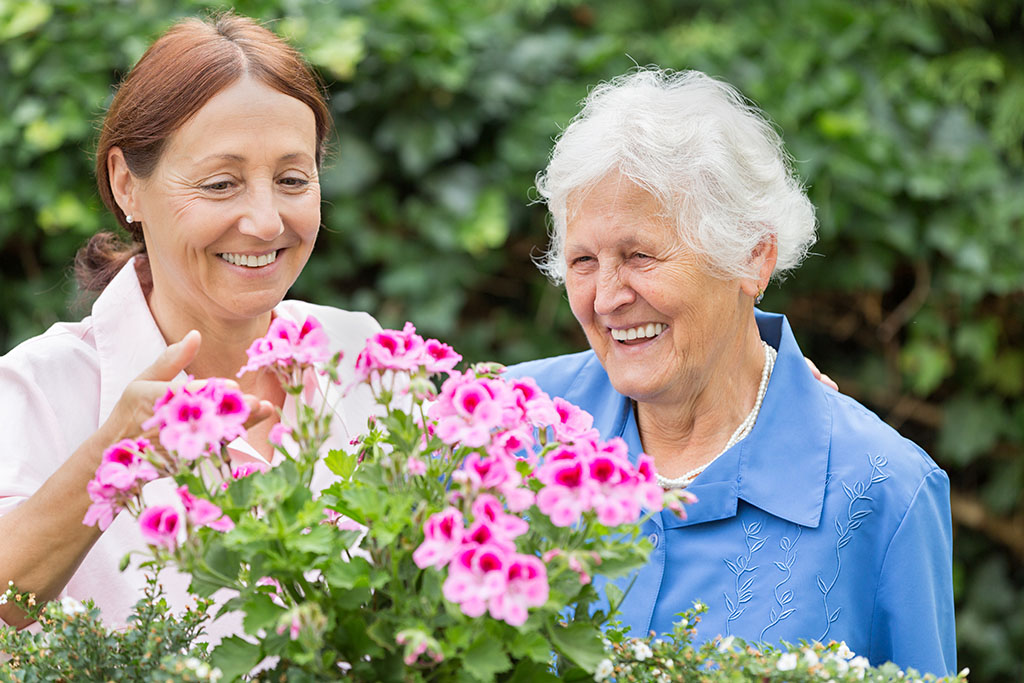The task of caring for the elderly population offers a landscape of challenges and opportunities for business owners in the senior care industry. As we look forward to 2023, gathering data on potential senior care industry trends can help us prepare for what lies ahead and ensure that the care we offer addresses the unique needs of seniors at this moment in time.
At Senior Helpers®, we’ve spent years providing entrepreneurs with a proven business model that can help them deliver high-quality care to the seniors in their communities. Over the two decades we’ve been in business, we have encountered many senior care industry trends, some predictable and some unexpected.
Thanks to our extensive industry experience, our franchisees can count on us to help them weather the ups and downs that industry trends bring, all while ensuring their focus remains on doing what they do best - helping elderly adults and their families live their best lives.
Below, we’re covering a handful of senior care industry trends to watch out for in 2023.
1. An increase in the number of seniors aged 85 and older
While senior home care is helpful for older individuals along every stage of the aging journey, it can be particularly beneficial for those in the later years of their lives, specifically those aged 85 years old and older. The population of seniors in this age group is growing, and by 2050, one in five of all older adults will be represented by this age group.
2. An overall increase in life expectancy, along with an increase in chronic disease diagnoses
Although the pandemic brought about a drop in life expectancy, the general trajectory of life expectancy has been on the rise for years. While this is obviously good news, it's important to keep in mind that as people advance in age, their risk for being diagnosed with a chronic condition also increases.
In fact, the number of Americans with chronic conditions is projected to increase by more than one percent every year until 2030. As seniors with chronic conditions are often the best candidates for home care services, this senior care industry trend should be taken into consideration by those who are contemplating opening a home care business.
3. An increase in the desire to age in place
According to the AARP, 87% of adults aged 65 years old or older want to remain in their current home or community for the foreseeable future. The pandemic certainly played a role in the shift towards a focus on aging in place, but the makings of this trend have been in the works for years.
Baby Boomers who had to make senior care decisions for their own elderly relatives are now facing those same decisions for themselves, and the vast majority see the value of aging in place over moving into a care facility.
4. The rise of innovative technologies supporting the aging in place process
Technology is helping make aging in place a safer experience for seniors in a number of ways. From interactive robots that encourage mental stimulation and physical movement, to state-of-the-art assisted walkers that deal with rugged terrain, there are many exciting innovations that will make everyday living simpler and more convenient for seniors.
There are even digital pill dispensers that help monitor medication consumption, as well as more general home upgrades such as motion-activated lights for improved safety at night and smart detection devices that alert users to dangers within their homes. These technologies can also help senior care providers ensure their clients are safe at all times.
5. A rise in multigenerational housing
Over the past fifty years, the number of households containing multiple adult generations has quadrupled. Moreover, these multi-generational households form nearly 20% of the US population.
One of the opportunities presented by this change in household structure is the opportunity for seniors to live closer to their loved ones in the years in which they may need help the most.
Of course, adult children often struggle to take on the role of caregiver for both their elderly parents and young children. For this reason, many families may turn to professional caregiving services to help them manage their increasing responsibilities.
6. A decline in the number of family caregivers
While multigenerational housing is on the rise, there is still a growing care gap that is sure to affect seniors in the coming years. According to a report by the AARP Public Policy Institute, the ratio of potential caregivers for every senior in the high-risk ages of 80 and up will decline to 4:1 by 2030 and 3:1 by 2050, when all of the older adults from the Baby Boomer generation will be firmly in the latest years of their lives.
This gap in care is caused by shrinking family sizes. It suggests that a high demand for professional care will be one of the most prominent senior care industry trends for many years to come.
Take Advantage of Upcoming Senior Care Industry Trends With a Senior Helpers Franchise
If you’re interested in starting a senior care business to help meet the rising demand for senior care services, opting to open a Senior Helpers franchise may be the right choice for your entrepreneurial ambitions.
Thanks to our turnkey business model, high level of support for franchisees, and affordable fees, our franchises present a low-barrier opportunity for entrepreneurs to join the thriving senior care sector.
Even without prior experience in home care, you can open and operate a successful home care business. When you choose to become a Senior Helpers franchisee, your business will become a trusted source of support for families in your community.
Curious about our home care opportunities and how we can help you embrace some of the latest senior care industry trends? Just schedule a call with our team today or reach out to us online to learn more!
